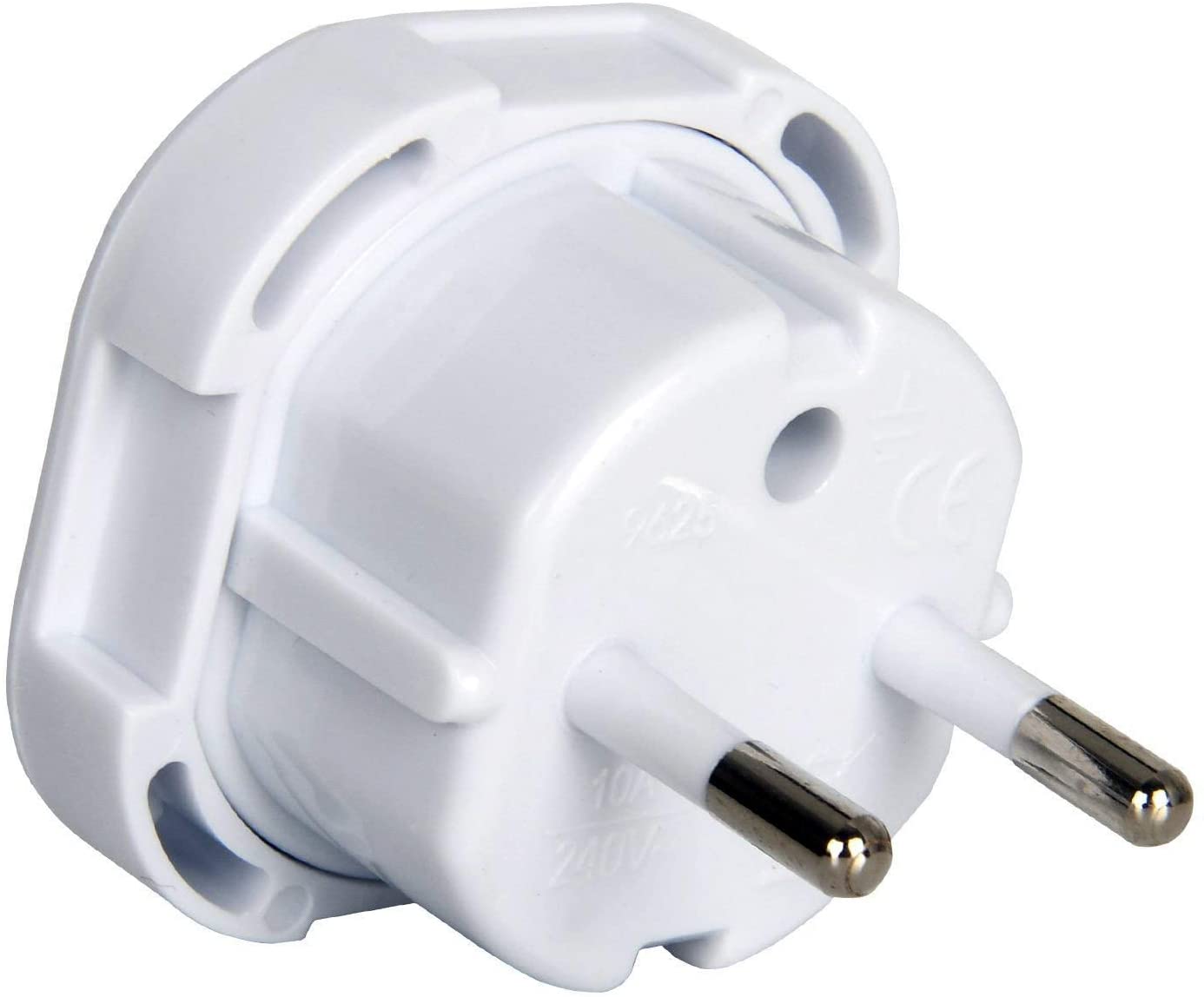

Articles
What Type Of Adapter Do I Need For Spain
Modified: May 6, 2024
Unsure about which type of adapter you need for Spain? Read our informative articles to find the right adapter for your devices.
(Many of the links in this article redirect to a specific reviewed product. Your purchase of these products through affiliate links helps to generate commission for Storables.com, at no extra cost. Learn more)
Introduction
When traveling to Spain, one of the most important things to consider is how to stay connected and powered up. Understanding the electricity system in Spain and the type of power plugs used is crucial to ensure your devices can be used without any issues. Whether you’re traveling for business or leisure, knowing what type of adapter you need will help you avoid any unnecessary inconvenience during your trip.
In this article, we will explore the different types of power plugs used in Spain, the common voltage and frequency, and how to determine the type of adapter you need. Additionally, we will also discuss the various types of adapters available for use in Spain to help you make an informed decision. So, let’s dive in and ensure you have all the information you need to power up your devices in Spain!
Key Takeaways:
- Stay connected in Spain by understanding the power system and choosing the right adapter for your devices. Consider safety standards, voltage compatibility, and the convenience of universal travel adapters for a hassle-free experience.
- Prepare for your trip to Spain by packing the appropriate Type C, Type F, or Type G adapters based on your device’s plug type. Prioritize safety, surge protection, and spare power sources for a seamless electronic experience.
Read more: What Type Of Adapter Do I Need For Greece
Understanding the Electricity in Spain
Before delving into the types of adapters needed for Spain, it’s important to have a basic understanding of the electricity system in the country. Spain operates on a standard voltage of 230 volts and a frequency of 50 hertz.
It’s worth noting that Spain uses a type of electrical socket commonly referred to as the “Schuko” plug. This type of plug has two round pins and can accommodate both two-pin and three-pin plugs. However, it’s always a good idea to be prepared with the right adapter to ensure compatibility with your devices.
Spain also has strict safety regulations in place to protect against electric shocks and other electrical hazards. Therefore, it’s essential to make sure your adapters meet the necessary safety standards and are approved for use in Spain. Look for certification marks such as the “CE” mark, which indicates compliance with European safety standards.
Now that we have a basic understanding of the electricity system in Spain, let’s move on to the types of power plugs you may encounter during your visit.
Types of Power Plugs Used in Spain
When it comes to power plugs, Spain primarily uses two types: Type C and Type F. Understanding the differences between these plug types is crucial when determining the type of adapter you need.
Type C plugs, also known as Europlugs or CEE 7/16, are the most common type of plug used in Spain. These plugs have two round pins and are compatible with devices that use a two-pin plug system.
Type F plugs, also known as Schuko plugs or CEE 7/4, are similar to Type C plugs but with the addition of two clips on the sides for grounding. These plugs can accommodate both two-pin and three-pin plugs, making them versatile for various devices.
It’s important to note that while Type C and Type F plugs are the most prevalent, you may also come across Type G plugs in some older buildings or hotels. Type G plugs have three rectangular pins in a triangular formation. These plugs are commonly used in the United Kingdom and Ireland, so if you’re traveling from these countries, it’s advisable to carry a Type G adapter as well.
Now that you’re aware of the different power plug types in Spain, let’s move on to understanding the common voltage and frequency you can expect when using electrical devices in the country.
Common Voltage and Frequency in Spain
In Spain, the common voltage for domestic use is 230 volts, which is the standard voltage across most of Europe. This means that most electrical devices, including smartphones, laptops, and chargers, are designed to operate within this voltage range. However, it’s always a good idea to double-check the voltage compatibility of your specific devices before plugging them in.
As for the frequency, Spain operates on a frequency of 50 hertz (Hz). This is the number of cycles per second at which the electricity alternates. While this frequency is standard in most European countries, it may differ from the frequency in your home country.
It’s important to ensure that your devices can handle the voltage and frequency in Spain. Most modern electronic devices, such as smartphones, tablets, and laptops, are designed to work with a wide range of voltages and frequencies, making them compatible with the electricity in Spain without the need for a voltage converter.
However, certain appliances with motors or heating elements, such as hair dryers, curling irons, and electric shavers, may not be compatible with the voltage and frequency in Spain. In such cases, you will need to use a voltage converter or a specific adapter with a built-in voltage converter to ensure the safe and proper functioning of your devices.
Now that we have a better understanding of the voltage and frequency in Spain, let’s move on to determining the type of adapter you need for your devices.
Determining the Type of Adapter You Need
Now that you’re aware of the power plug types and the voltage and frequency in Spain, it’s time to determine the type of adapter you need for your devices. Here are a few steps to help you with the process:
- Check the plugs on your devices: Take a look at the plugs on your devices and identify whether they have two pins or three pins. This will give you an idea of the type of adapter you will need.
- Consider the compatibility of your devices: Determine whether your devices are compatible with the 230-volt voltage in Spain. Most modern electronic devices are designed to handle a wide range of voltages, but it’s always important to double-check the specifications.
- Assess the need for a voltage converter: If you have devices that are not compatible with the 230-volt voltage in Spain, you will need a voltage converter. Look for adapters that have built-in voltage converters to ensure the proper functioning and safety of your devices.
- Factor in the number of devices: Consider the number of devices you will be using during your trip. If you have multiple devices, it may be more convenient to opt for a universal travel adapter that can accommodate different plug types and voltage requirements.
- Research and purchase the right adapter: Once you have determined the type of adapter you need, do some research to find reputable brands that offer adapters suitable for Spain. It’s important to purchase adapters that meet the necessary safety standards and have good customer reviews.
By following these steps, you can ensure you have the right adapter to power up your devices during your trip to Spain. In the next sections, we will explore the different types of adapters available for use in Spain, including universal travel adapters and specific plug type adapters.
Read more: What Type Of Adapter Do I Need For France
Types of Adapters for Spain
When it comes to adapters for Spain, there are various options available to suit different needs and preferences. Let’s explore some of the common types:
- Universal Travel Adapters: These adapters are versatile and designed to fit multiple plug types, making them ideal for travelers who frequently visit different countries with different electrical systems. Universal travel adapters usually come with interchangeable plugs or a slide-out mechanism to accommodate various plug configurations. They often include USB ports for charging devices such as smartphones and tablets, providing convenience and flexibility.
- Type C Adapters: If your devices have two-pin plugs, such as those commonly used in Europe, a Type C adapter is suitable for Spain. These adapters have two round holes that match the shape and size of Type C power sockets. They are lightweight, compact, and easy to carry, making them a popular choice for travelers.
- Type F Adapters: For devices with two-pin or three-pin plugs, a Type F adapter is recommended. Type F adapters have two round pins like Type C adapters, but with the addition of grounding clips on the sides. This allows them to fit in both Type C and Type F sockets, providing compatibility for various devices.
- Type G Adapters: Although less common, you may come across Type G sockets in Spain, especially in older buildings or hotels. If you are traveling from countries such as the United Kingdom or Ireland, which use Type G plugs, it’s advisable to carry a Type G adapter to ensure compatibility.
When choosing an adapter, it’s essential to consider factors such as the number of devices you will be using, the compatibility of your devices with the voltage in Spain, and the convenience of carrying and using the adapter during your trip. Ensure that the adapter you select meets safety standards and includes surge protection to safeguard your devices from power spikes.
Additionally, it’s worth noting that some adapters come with additional features such as built-in USB ports, surge protection, and compact designs for easy storage. Consider your specific needs and preferences to choose the adapter that best suits your requirements.
Now that you have a better understanding of the types of adapters available for Spain, make sure to select the one that aligns with your device’s plug type and voltage requirements. This will enable you to seamlessly power up your devices throughout your trip to Spain.
You will need a Type C or Type F adapter for Spain. Type C is the most common and has two round pins, while Type F has two round pins with two earth clips on the side. Make sure to check your devices’ plug type before traveling.
Universal Travel Adapters
Universal travel adapters are a convenient and versatile option for travelers visiting Spain or other countries with different electrical systems. These adapters are designed to accommodate various plug types, making them suitable for use in multiple destinations without the need for multiple adapters.
One of the key advantages of universal travel adapters is their flexibility. They often come with interchangeable plugs or a slide-out mechanism that allows you to adjust the adapter according to the specific plug configuration of the country you’re visiting. This means that you can easily switch between different plug types, including Type C, Type F, and even Type G if needed.
In addition to accommodating different plug types, many universal travel adapters also feature built-in USB ports. This allows you to charge your smartphones, tablets, cameras, and other USB-compatible devices without the need for separate chargers or adapters. The USB ports provide added convenience and eliminate the hassle of carrying multiple chargers.
Universal travel adapters come in various designs and sizes. Some models are compact and lightweight, making them ideal for travelers who prefer to travel light. These smaller adapters are easy to pack and fit conveniently into your travel bag or even your pocket.
When shopping for universal travel adapters, ensure that the model you choose meets the necessary safety standards. Look for certifications such as the “CE” mark, indicating compliance with European safety regulations. Additionally, it’s beneficial to choose an adapter with surge protection, which helps safeguard your devices against power spikes and fluctuations.
It’s important to note that while universal travel adapters are versatile and convenient, they may not always provide a perfect connection in every socket. Some socket types, particularly ones with grounding features, may not be fully compatible with all universal adapters. Therefore, it’s important to double-check the compatibility and ensure a secure fit before plugging in your devices.
By opting for a universal travel adapter, you can enjoy the convenience of powering up your devices in Spain and other countries without the need for multiple adapters. These adapters provide flexibility, versatility, and ease of use, making them an excellent choice for frequent travelers or those who prefer simplicity during their trips.
Type C Adapters
If your devices have two-pin plugs, like those commonly used in Europe, a Type C adapter is the perfect choice when traveling to Spain. Type C adapters are designed specifically for sockets with two round holes and are widely used throughout Europe, including Spain.
Type C adapters are compact and lightweight, making them easy to carry and travel with. They are often referred to as Europlugs or CEE 7/16 and are compatible with a wide range of devices, such as laptops, smartphones, cameras, and chargers, that use a two-pin plug system.
When selecting a Type C adapter, ensure that it is of high quality and meets the necessary safety standards. Look for adapters with certification marks like the “CE” mark, which indicates compliance with European safety regulations. This ensures the adapter is safe to use and reduces the risk of electrical accidents or damage to your devices.
Type C adapters are simple to use. You just need to plug your device’s two-pin plug directly into the holes of the adapter, and then plug the adapter into the Type C power socket in Spain. The adapter allows your device to connect seamlessly to the electrical system and power up without any issues.
It’s important to note that Type C adapters do not convert voltages or provide surge protection. Therefore, if your devices are not compatible with the 230-volt voltage in Spain, you may need to use a separate voltage converter in addition to the Type C adapter.
Whether you’re traveling for business or leisure, a Type C adapter is a must-have accessory when visiting Spain. Its compact size, compatibility with Type C sockets, and ease of use make it an essential tool for powering up your devices in the country.
Remember to always double-check the plug type and voltage compatibility of your devices before using a Type C adapter. This will ensure a smooth and safe electrical connection during your stay in Spain.
Type F Adapters
Type F adapters, also known as Schuko adapters or CEE 7/4 adapters, are an excellent choice when traveling to Spain. These adapters are designed to accommodate both two-pin and three-pin plugs and are widely used in Europe, including Spain.
Type F adapters feature two round holes, similar to Type C adapters, but with added clips on the sides for grounding purposes. These grounding clips ensure a secure and safe connection for devices that require grounding, such as appliances with metallic casings or devices with higher power consumption.
When using a Type F adapter, you can easily plug in your two-pin or three-pin devices and connect them to the Type F power sockets commonly found in Spain. The grounding clips provide an extra level of protection, minimizing the risk of electrical shocks and ensuring the safe operation of your devices.
Type F adapters are versatile and compatible with a wide range of devices, including laptops, hair dryers, electric shavers, and other appliances with either two-pin or three-pin plugs. This makes them suitable for both leisure and business travelers who need to power up various devices during their stay in Spain.
Like any other adapter, it’s important to ensure that the Type F adapter you choose meets the necessary safety standards. Look for certification marks such as the “CE” mark to ensure compliance with European safety regulations.
It’s worth noting that Type F adapters do not convert voltage or provide surge protection. Therefore, if your devices are not compatible with the 230-volt voltage in Spain, you may need to use a separate voltage converter in conjunction with the Type F adapter.
When choosing a Type F adapter, consider factors such as the number of devices you will be using and the convenience of carrying and using the adapter. Some adapters may come with additional features like built-in USB ports or compact designs that make them easier to transport.
Whether you’re planning a trip to Spain for business or leisure, having a Type F adapter in your travel kit ensures that you can confidently power up your devices and stay connected during your stay. With its ability to accommodate both two-pin and three-pin plugs, a Type F adapter provides flexibility and convenience for all your electrical needs.
Read more: What Type Of Adapter Do I Need For Ireland
Type G Adapters
Type G adapters, also known as BS 1363 or UK adapters, may be necessary when traveling to Spain, particularly if you are coming from the United Kingdom, Ireland, or other countries that utilize the Type G plug format.
Type G adapters are distinctive with their three rectangular pins arranged in a triangular formation. While Type G sockets are not as common in Spain as Type C or Type F sockets, you might come across them in older buildings, hotels, or specific outlets designated for international travelers.
If you are from a country that uses Type G plugs, it’s advisable to carry a Type G adapter to ensure compatibility during your stay in Spain. These adapters will allow you to plug your devices with Type G plugs directly into Type G sockets or into Type C or Type F sockets using appropriate converters.
Type G adapters are designed to ensure a secure connection and uninterrupted electrical flow. They are suitable for a wide range of devices, including laptops, mobile phone chargers, and other electronics that require three-pin plugs.
When selecting a Type G adapter, ensure that it meets safety standards and has the necessary certifications. Look for marks such as the “CE” mark or the BS 1363 standard to ensure compliance with European safety regulations.
It’s important to note that Type G adapters do not convert voltage or provide surge protection. Therefore, make sure your devices are compatible with the 230-volt voltage in Spain, and use a separate voltage converter if needed.
Remember to pack a Type G adapter if you are traveling from a country that uses Type G plugs. Having the right adapter ensures that you can power up your devices smoothly and safely in Spain, regardless of the type of sockets you encounter.
By being prepared with a Type G adapter, you can confidently use your electronics and stay connected during your trip, without worrying about compatibility issues.
Other Considerations When Traveling to Spain
While having the right adapter is crucial for staying powered up during your trip to Spain, there are a few other important considerations to keep in mind:
- Check the voltage and frequency compatibility of your devices: Before plugging any device into an adapter, ensure that it can handle the 230-volt voltage and 50Hz frequency used in Spain. Most modern electronic devices, such as laptops and smartphones, are built to be compatible with different voltages and frequencies. However, it’s always prudent to double-check the specifications to avoid any potential damage or malfunction.
- Pack multiple adapters if necessary: Depending on your travel itinerary, you may need to visit multiple countries with different electrical systems. In such cases, it’s advisable to pack multiple adapters or a universal travel adapter that can accommodate different plug types. This way, you’ll be prepared for any destination you visit.
- Consider surge protection: Invest in surge-protected power strips or adapters to safeguard your sensitive electronic devices from power surges or fluctuations. This is especially important if you’re carrying expensive equipment like cameras, laptops, or other valuable gadgets.
- Research the electrical system in your accommodations: If you’re staying in hotels or rental properties, it’s a good idea to research the electrical system beforehand. Find out the type of sockets available in the accommodations and plan accordingly by bringing the appropriate adapters or converters.
- Travel with spare batteries and power banks: It’s always beneficial to carry spare batteries or power banks for your electronic devices, especially if you anticipate long periods without access to electrical outlets. This will ensure that you can stay connected and powered up on the go.
- Learn about local regulations and safety standards: Familiarize yourself with the local regulations and safety standards in Spain to ensure compliance. This includes understanding any specific requirements for electrical equipment, adapters, and voltage converters.
By considering these factors and being prepared with the right adapters, surge protection, and spare power sources, you can ensure a hassle-free and enjoyable experience when using electronic devices during your trip to Spain.
Remember to prioritize safety and always use high-quality adapters that meet the necessary safety certifications. With the right preparations, you can make the most of your time in Spain while staying connected and powered up throughout your journey.
Conclusion
Ensuring you have the right adapter when traveling to Spain is essential for staying connected and powered up throughout your trip. Understanding the electricity system in Spain, the types of power plugs used, and the common voltage and frequency is key to choosing the appropriate adapter.
Depending on your device’s plug type, there are various adapters to consider. Universal travel adapters are versatile and can accommodate different plug types, making them a convenient option for travelers. Type C adapters are suitable for devices with two-pin plugs, while Type F adapters are ideal for devices with two-pin or three-pin plugs. If you are coming from a country that uses Type G plugs, having a Type G adapter is advisable.
Remember to consider other factors like voltage compatibility, surge protection, and carrying spare batteries or power banks. It’s important to research the electrical system in your accommodations and familiarize yourself with local regulations and safety standards.
In conclusion, selecting the right adapter and considering other necessary precautions will ensure a seamless and safe experience with your electronic devices in Spain. Stay powered up, stay connected, and enjoy your time exploring this beautiful country with peace of mind.
Now that you're all set with the right adapter for your trip to Spain, why not make sure your hair stays perfectly styled too? Our next read offers a detailed rundown on the best voltage converters that will keep your hair dryer functioning flawlessly, no matter where your travels take you. These handy devices ensure that you never have to worry about a bad hair day while exploring beautiful Spain or any other destination. Ready to find out more about keeping your gadgets safe and your hair game strong?
Frequently Asked Questions about What Type Of Adapter Do I Need For Spain
Was this page helpful?
At Storables.com, we guarantee accurate and reliable information. Our content, validated by Expert Board Contributors, is crafted following stringent Editorial Policies. We're committed to providing you with well-researched, expert-backed insights for all your informational needs.
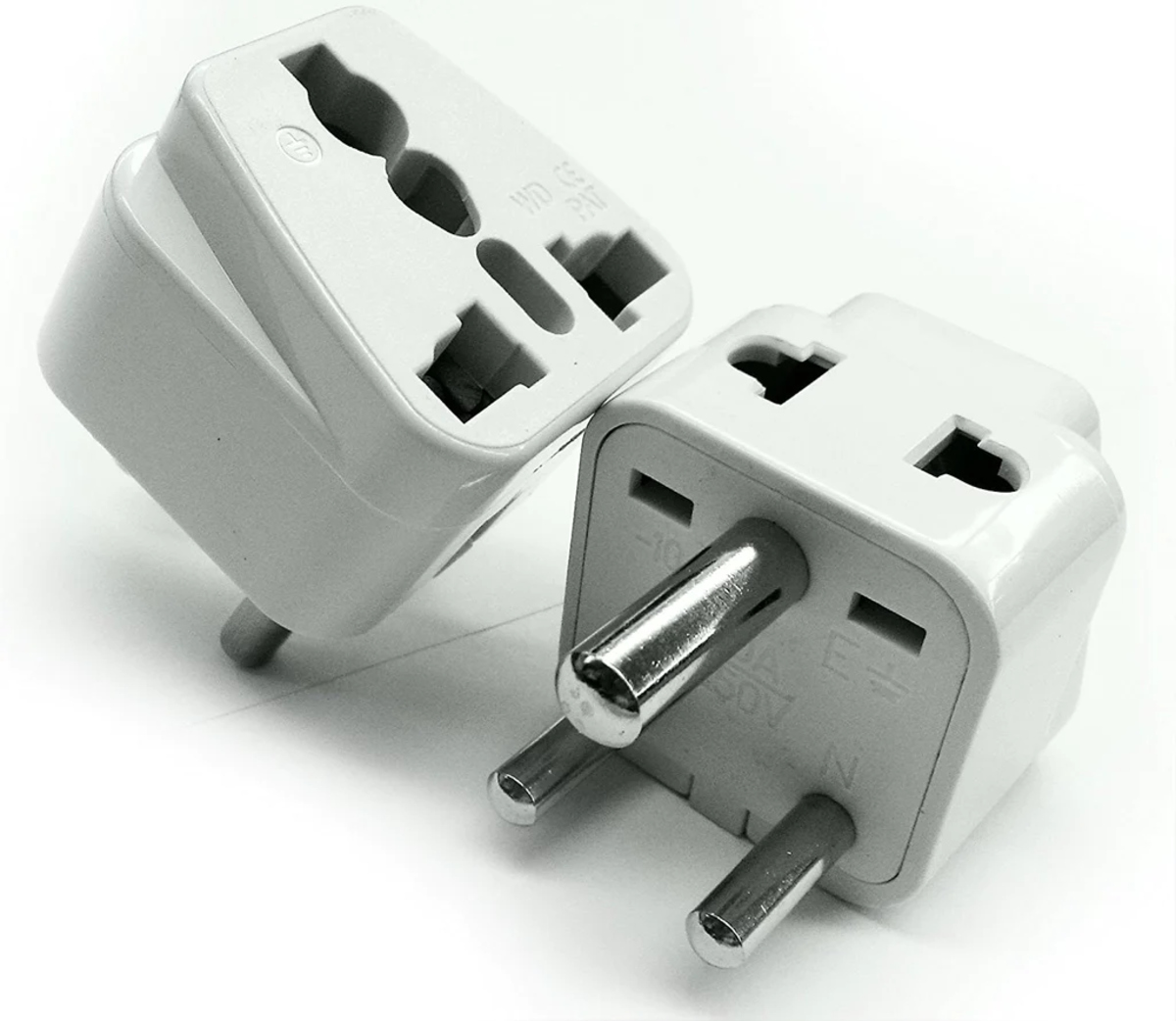
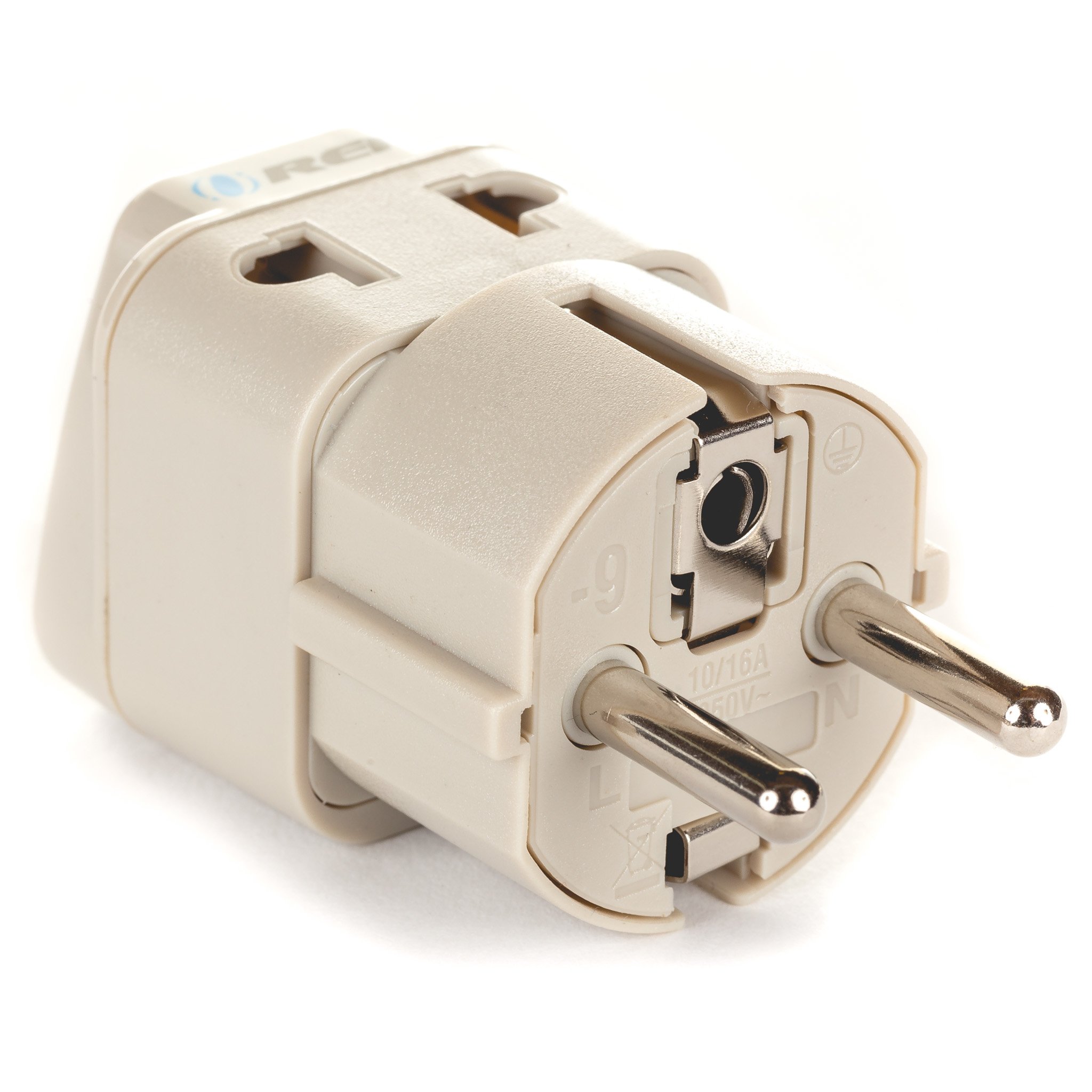
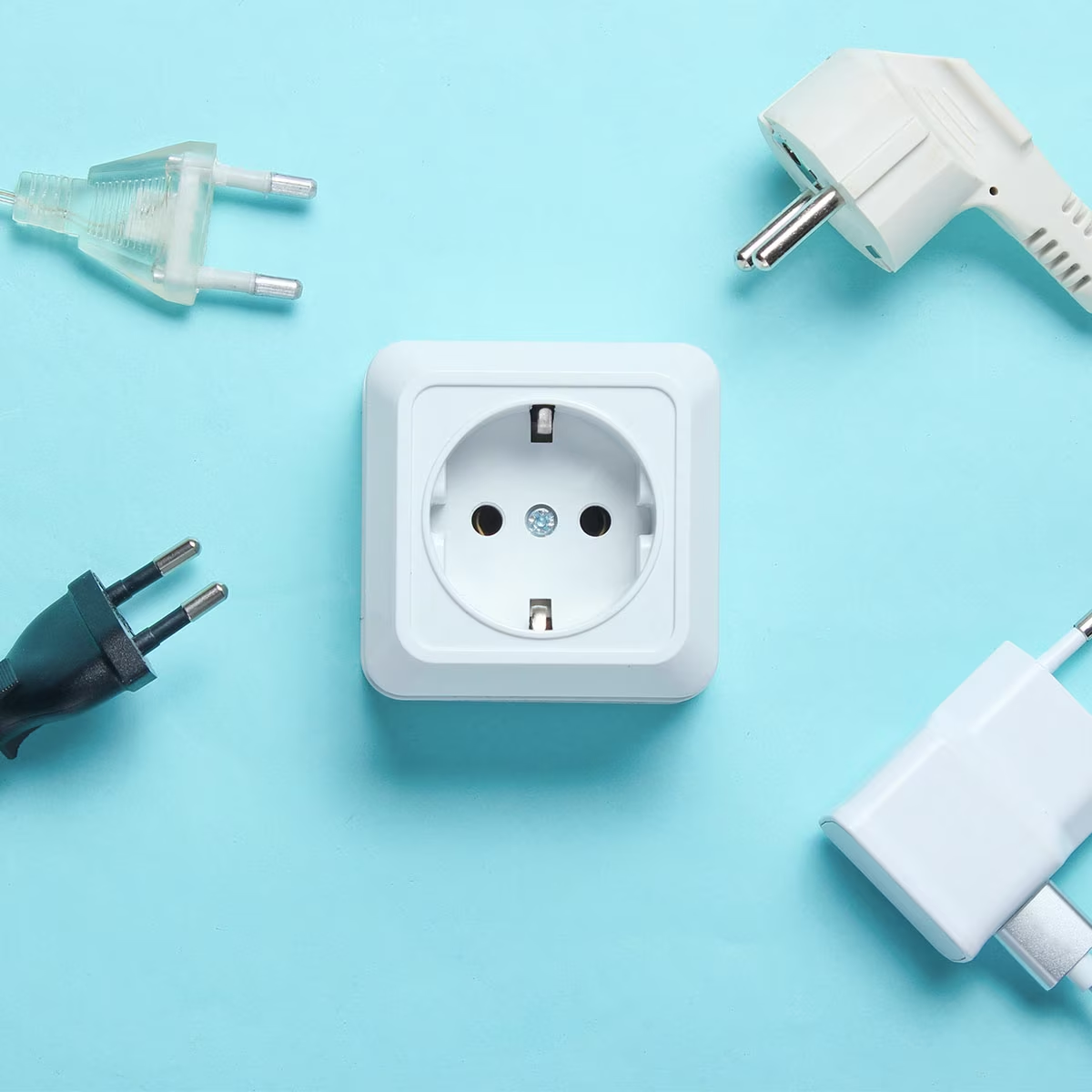
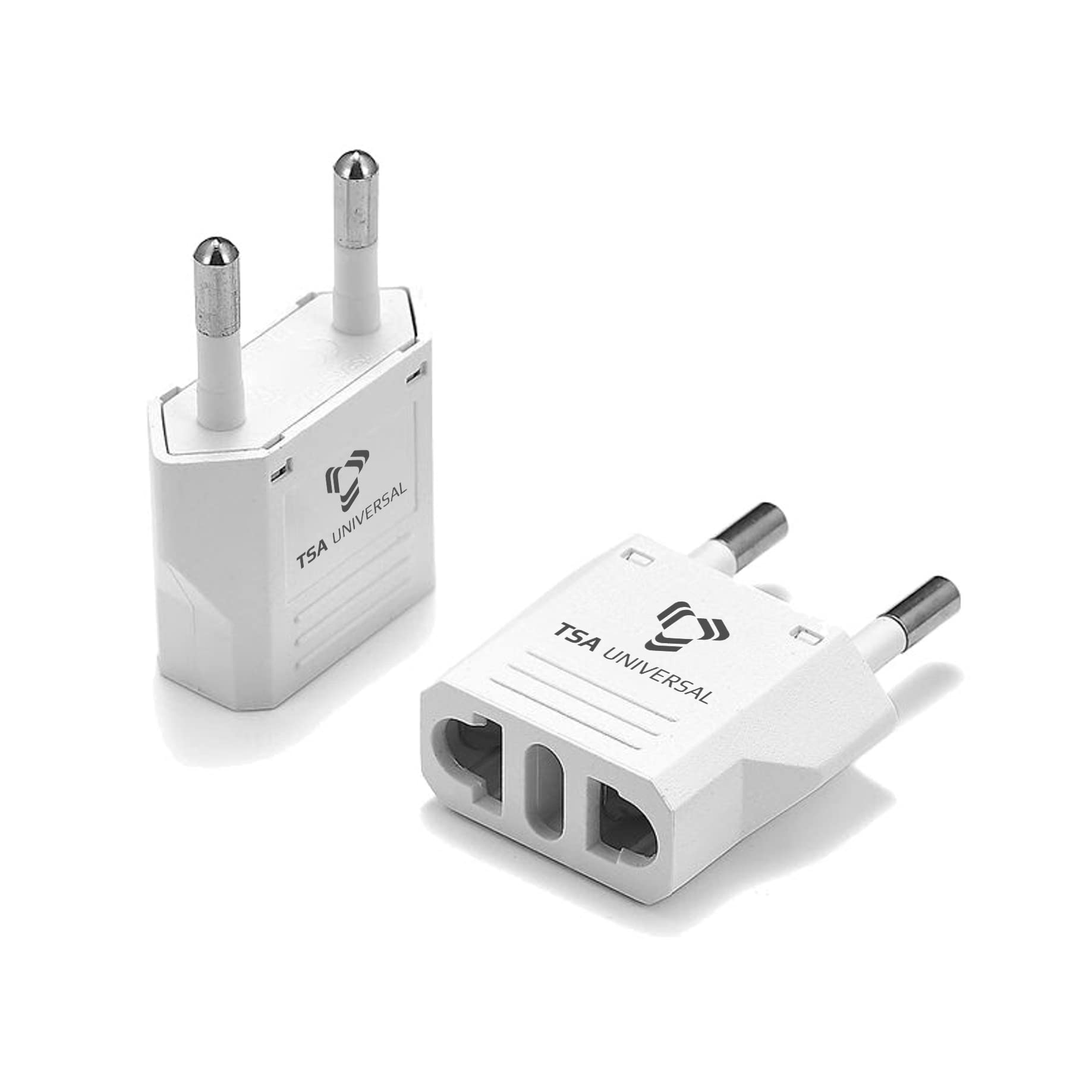
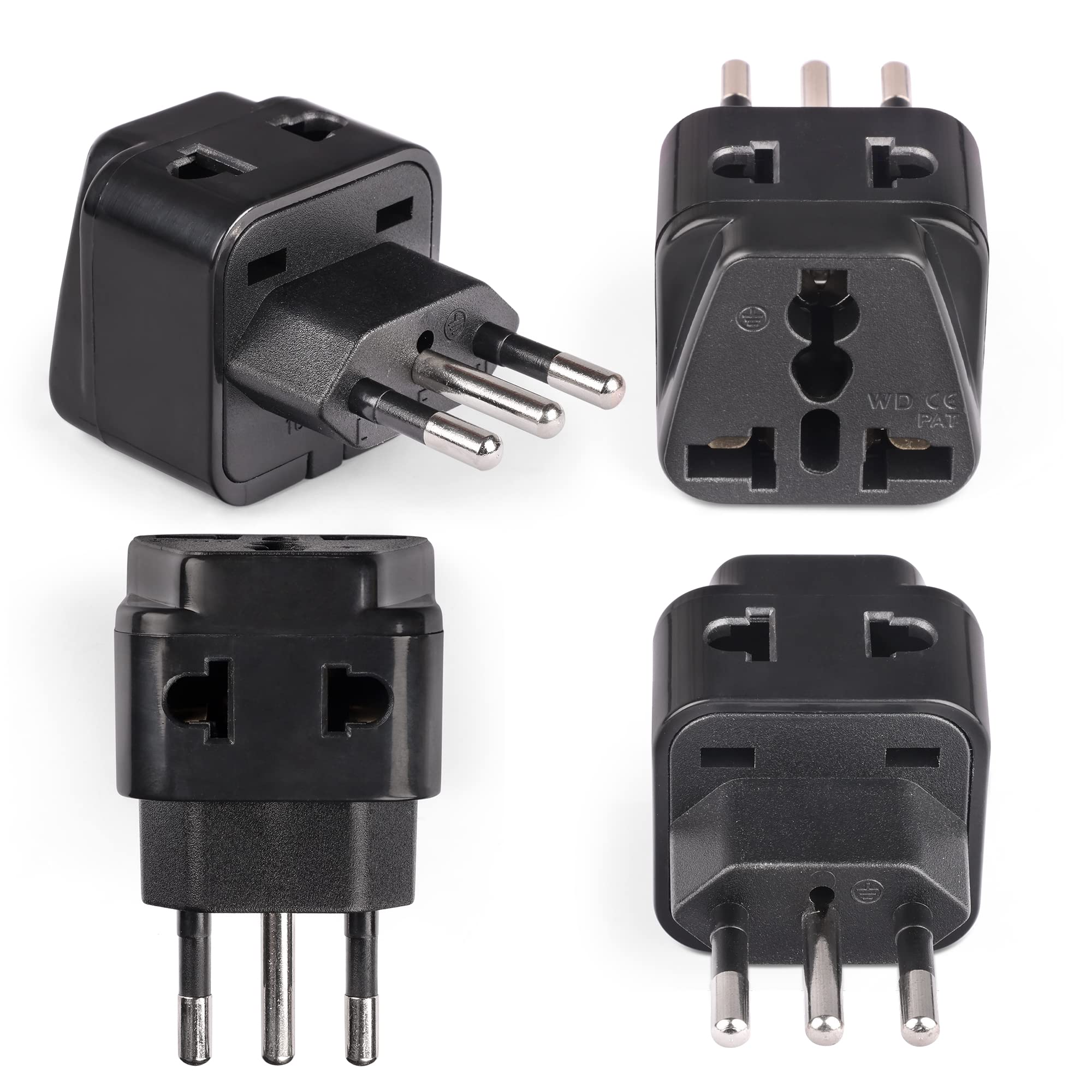
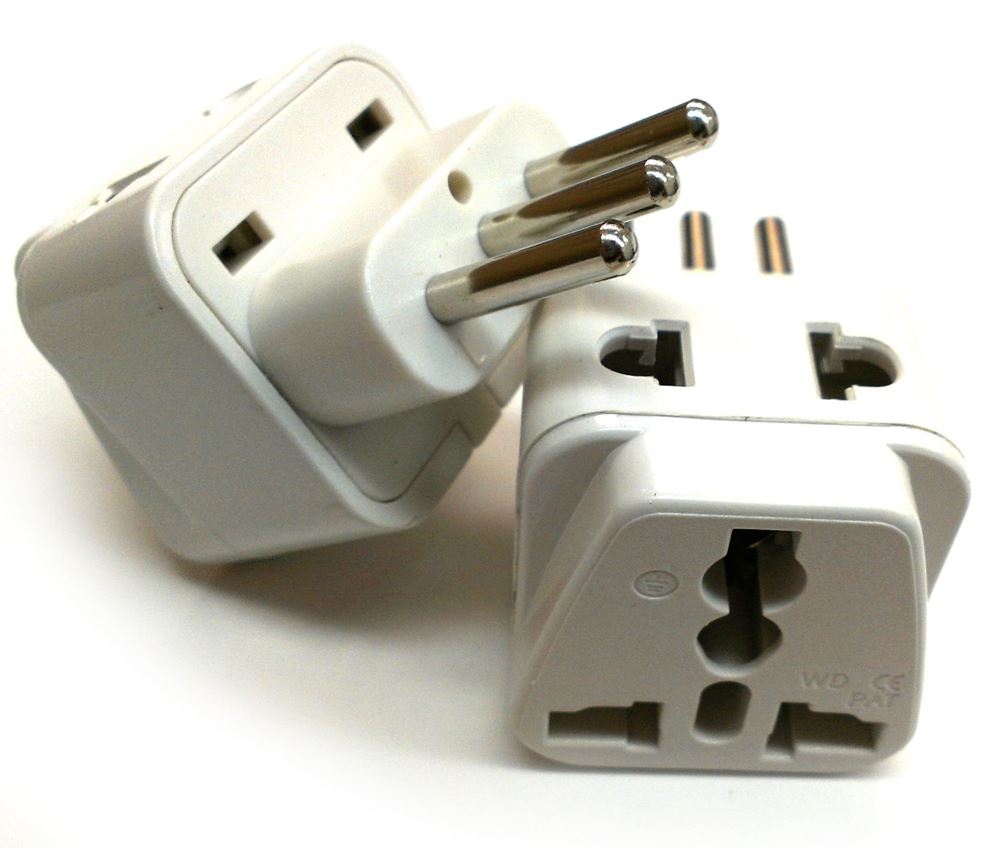
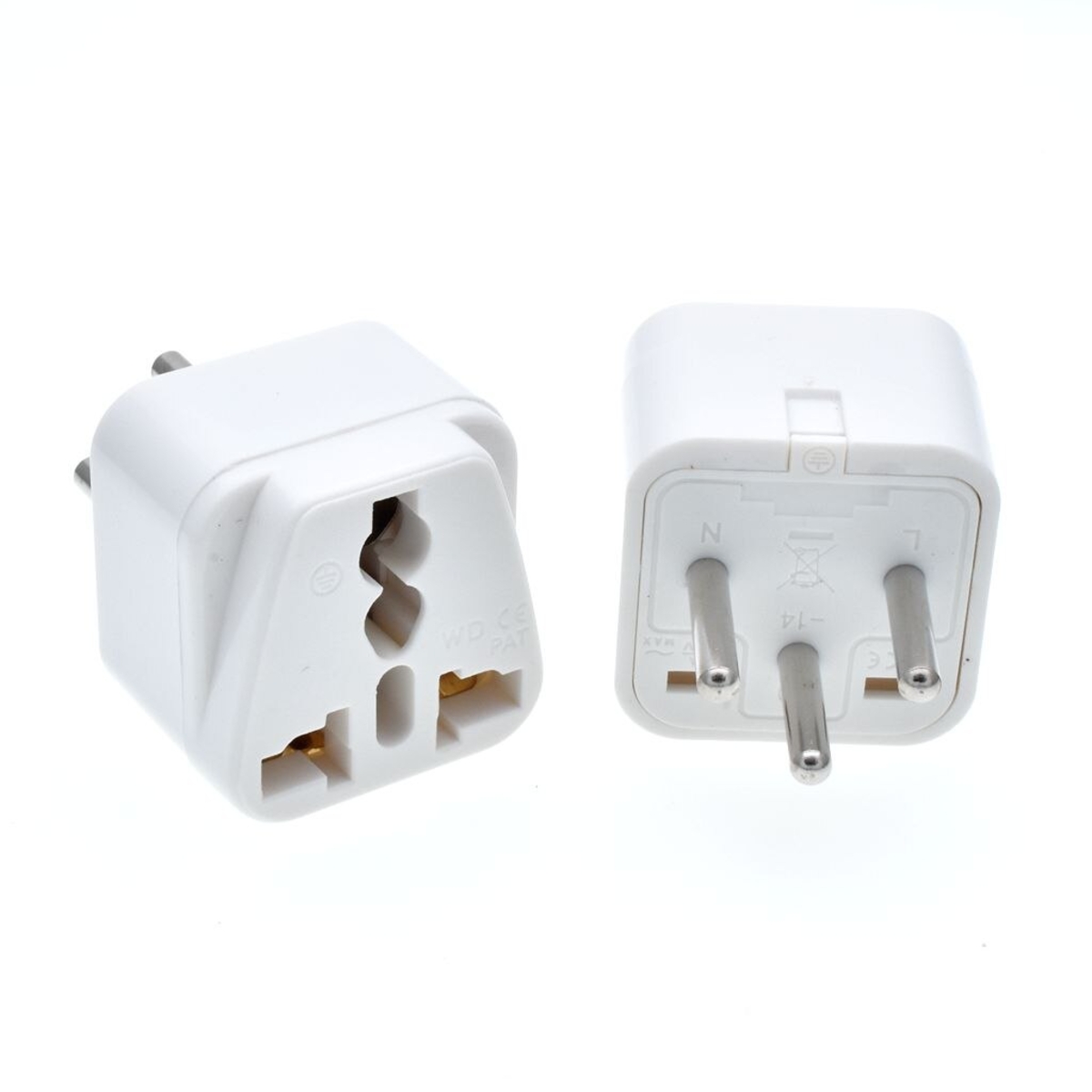
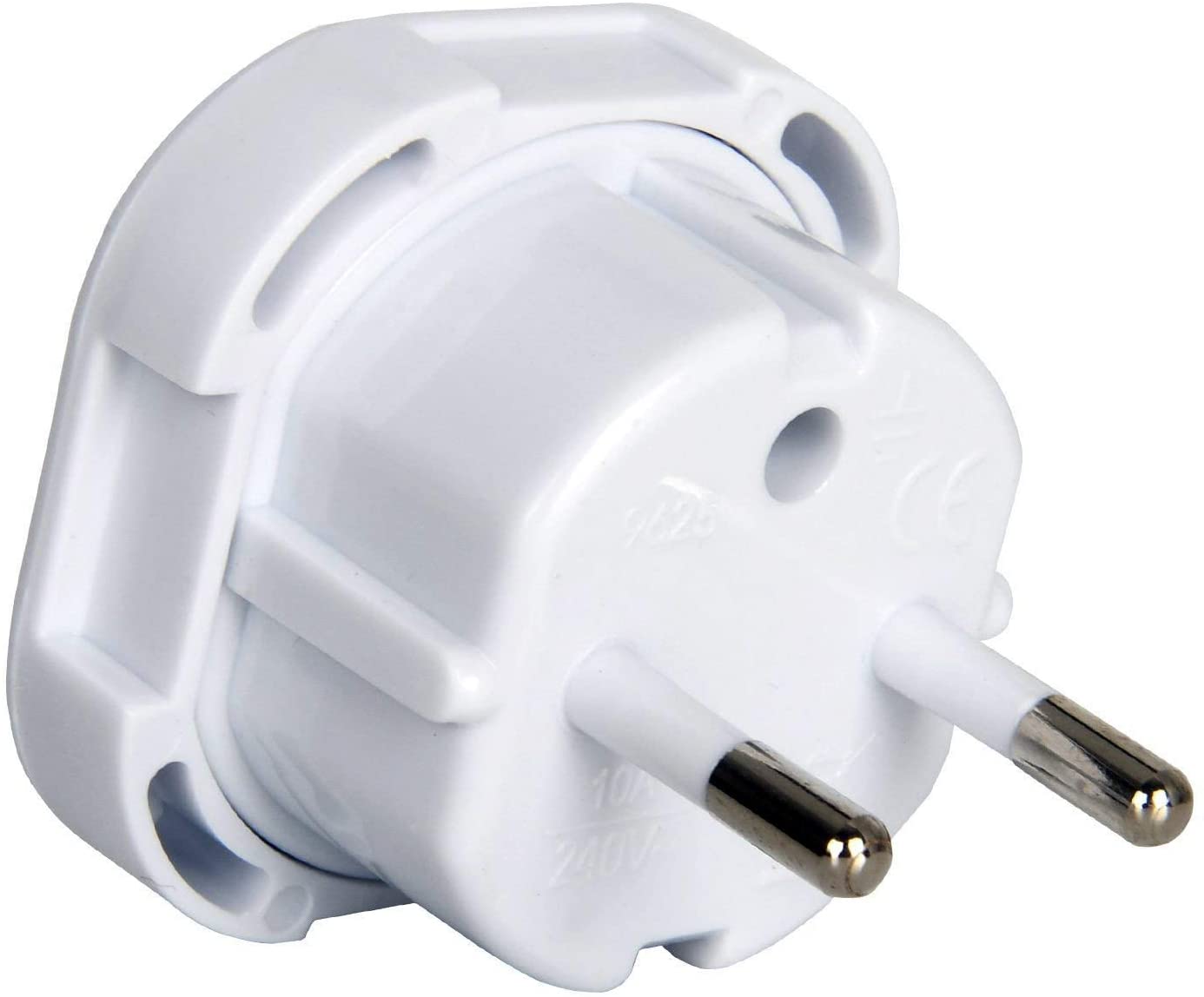
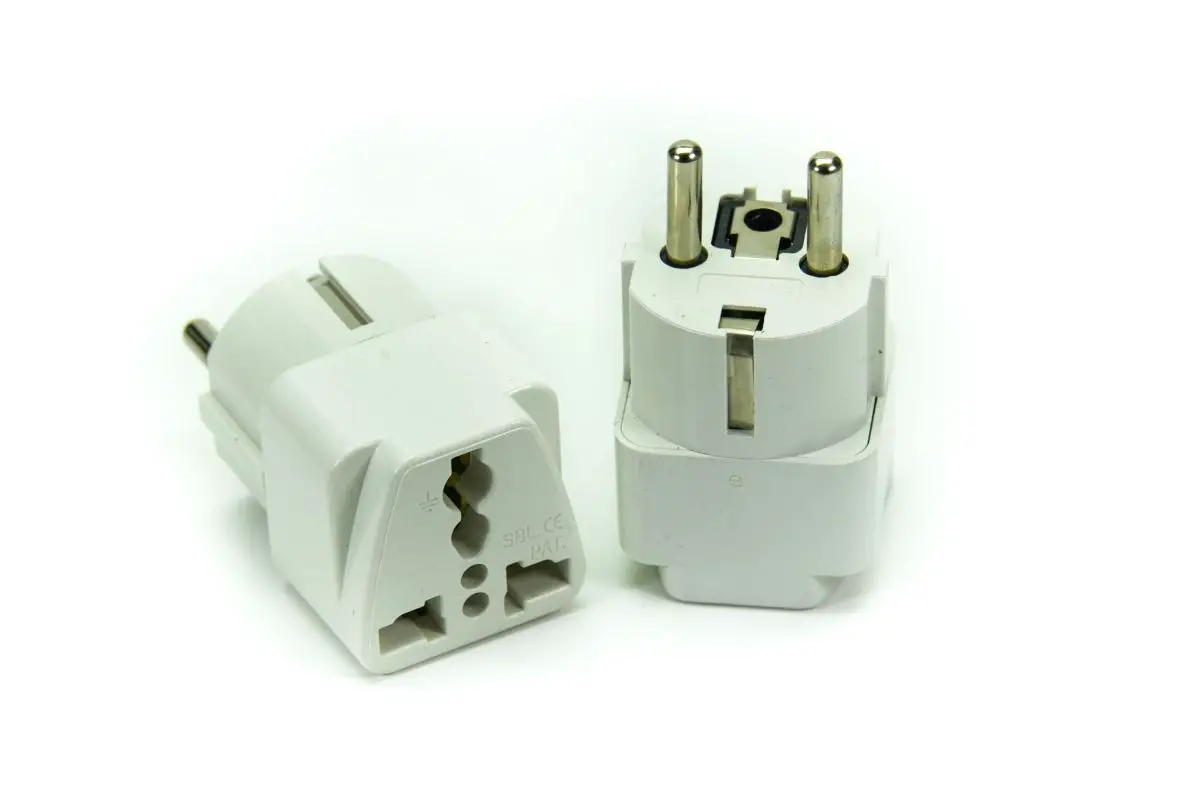

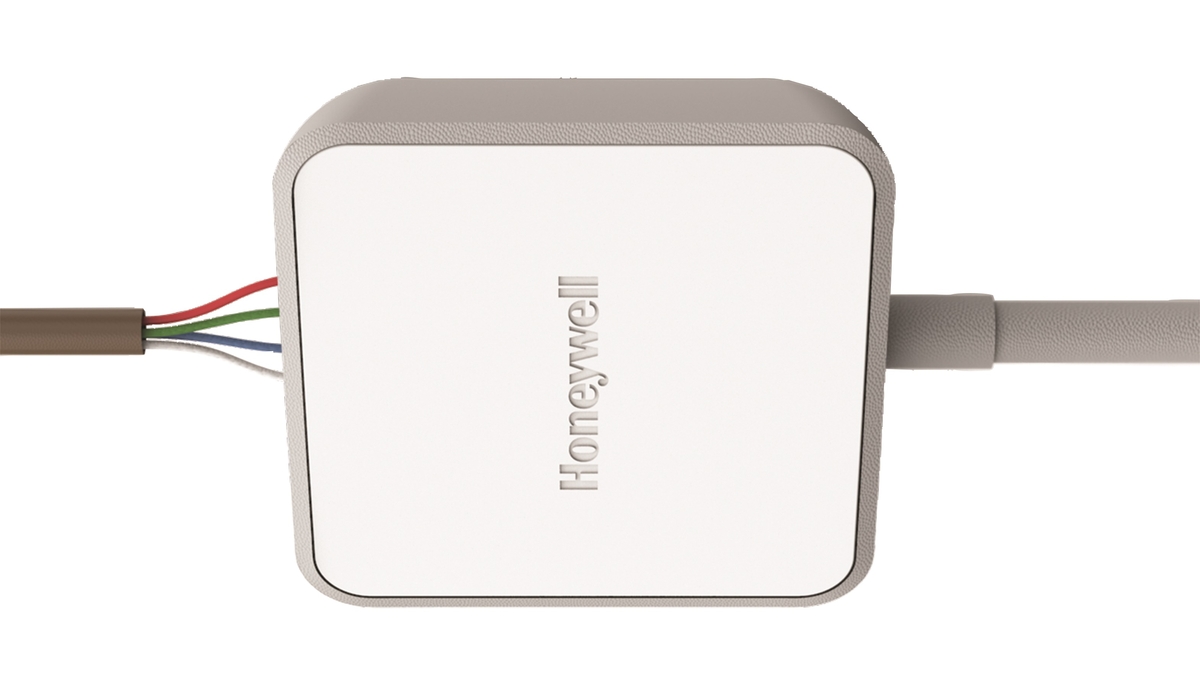
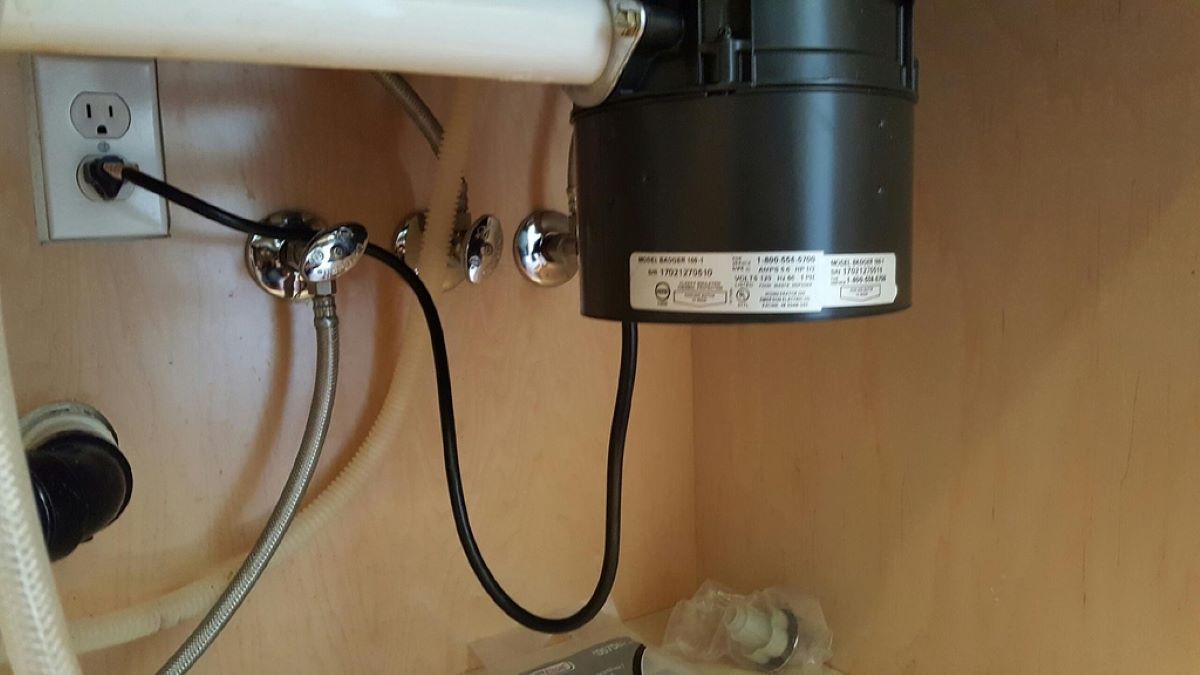
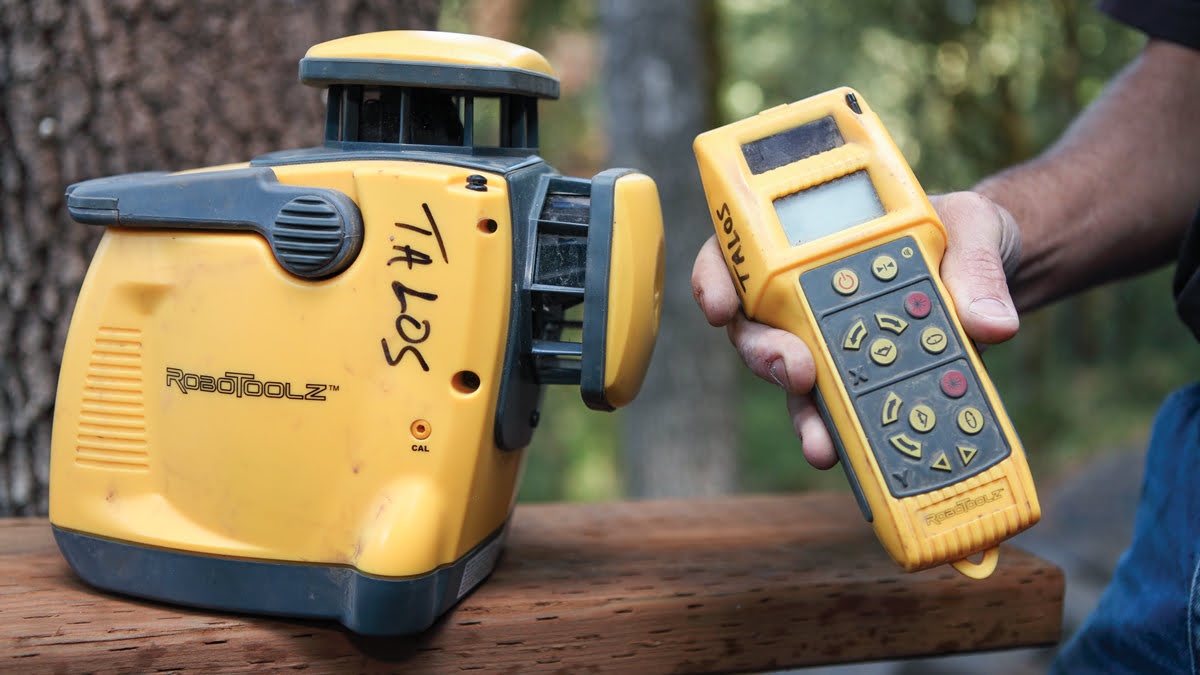

0 thoughts on “What Type Of Adapter Do I Need For Spain”